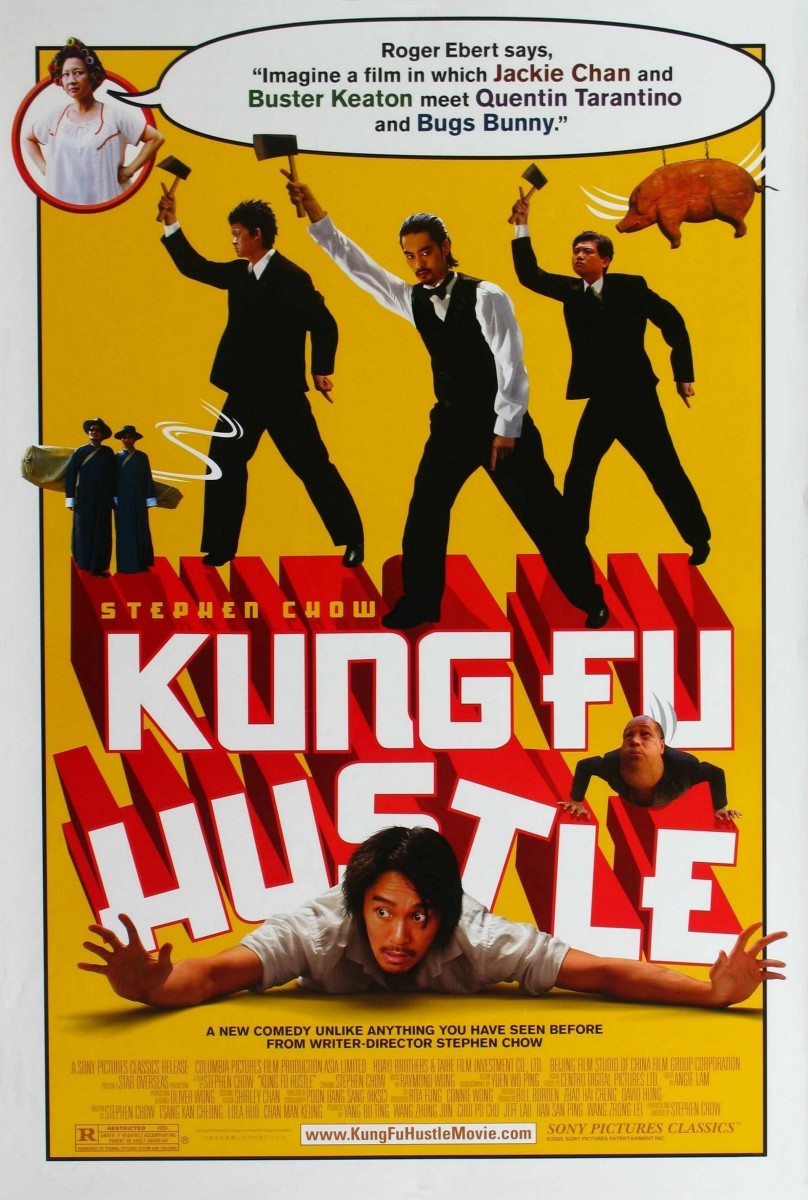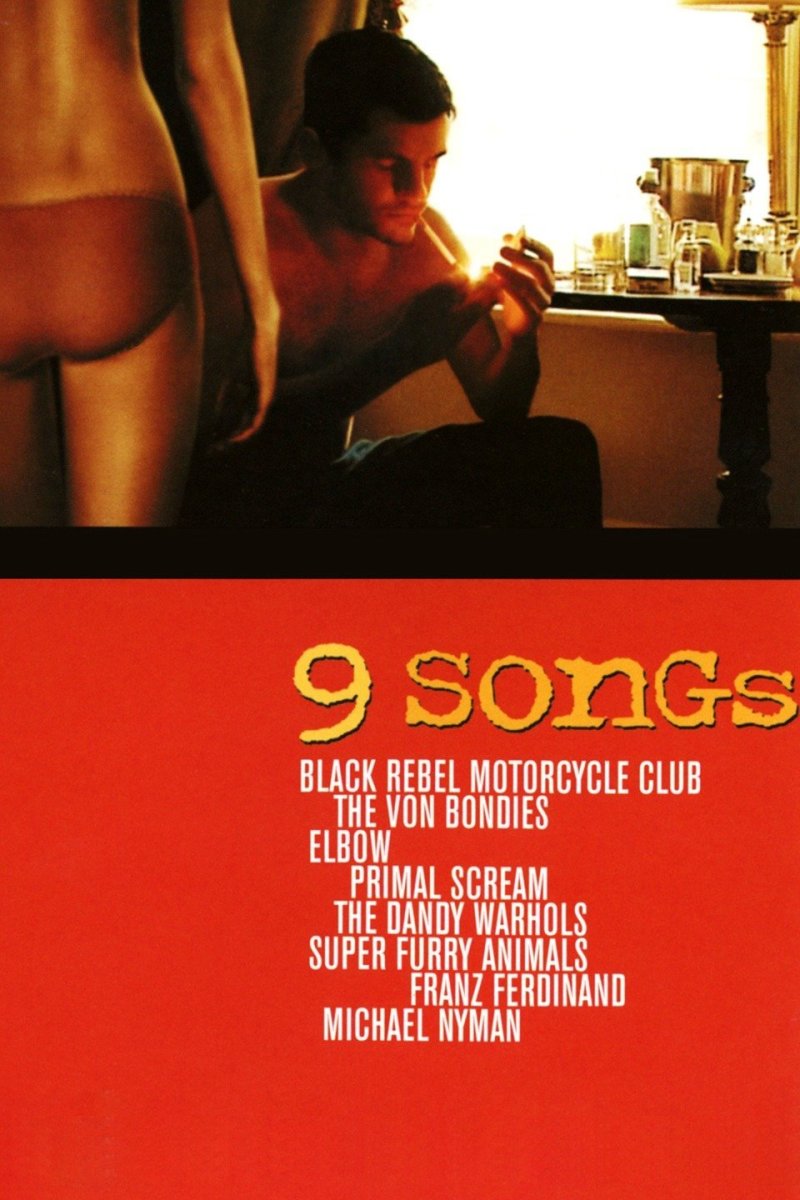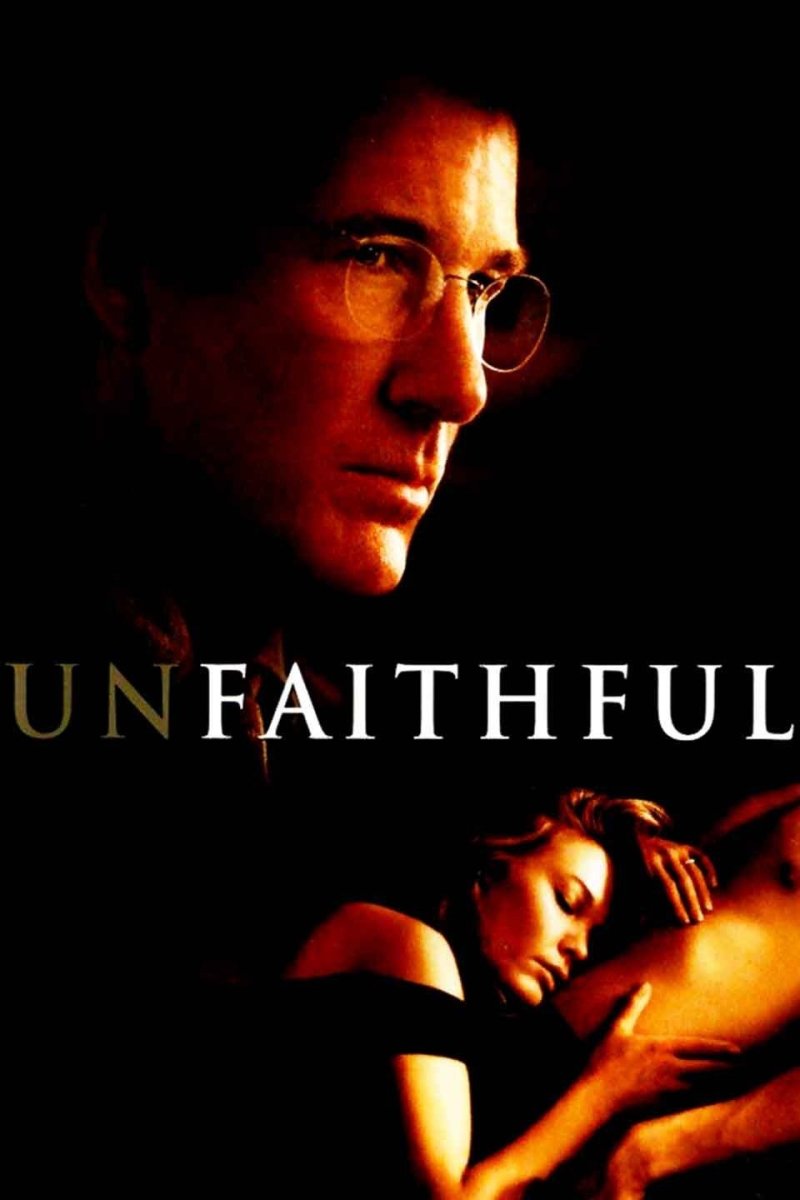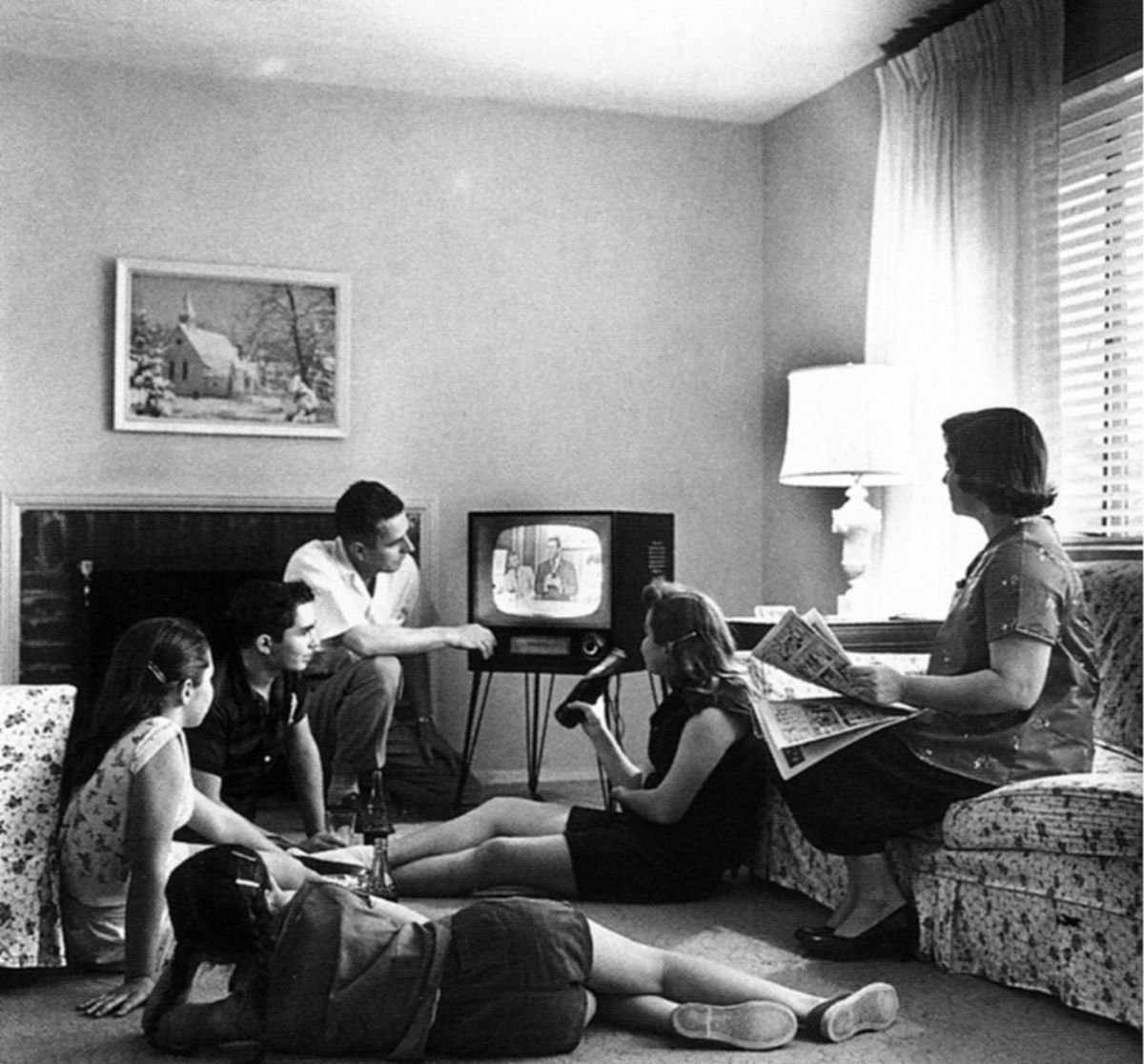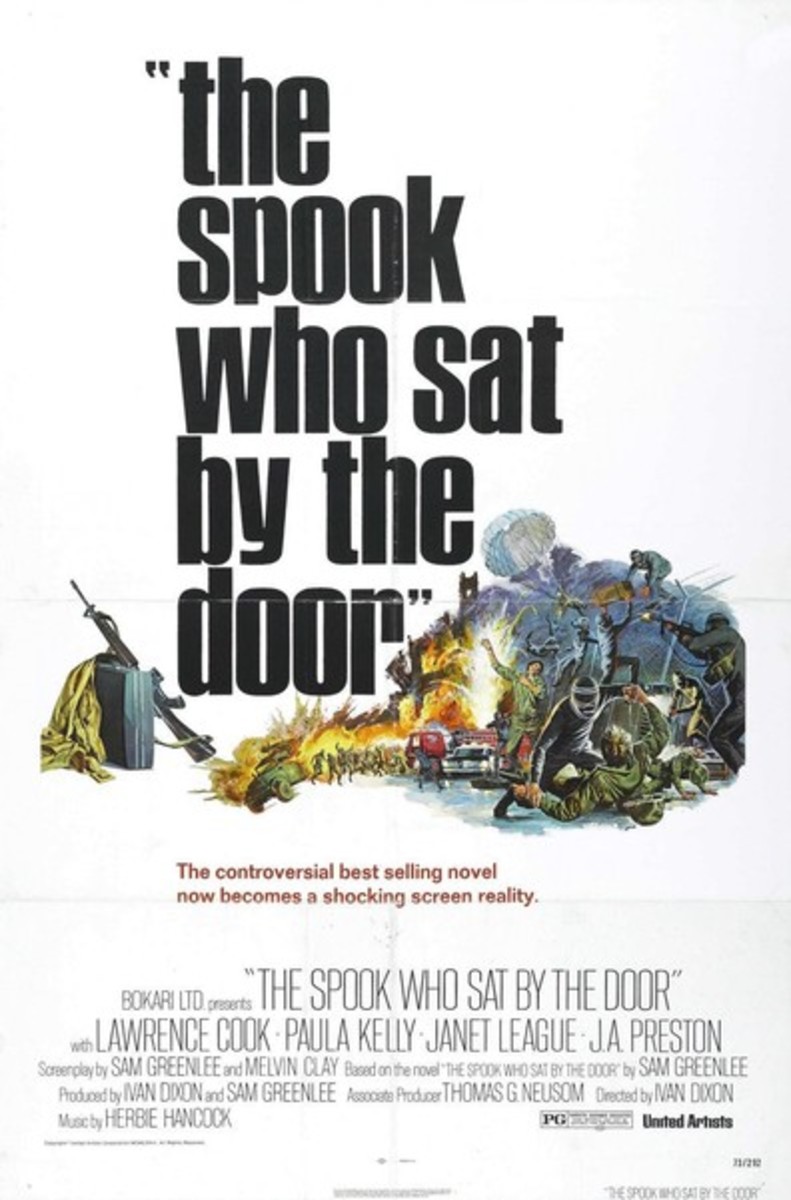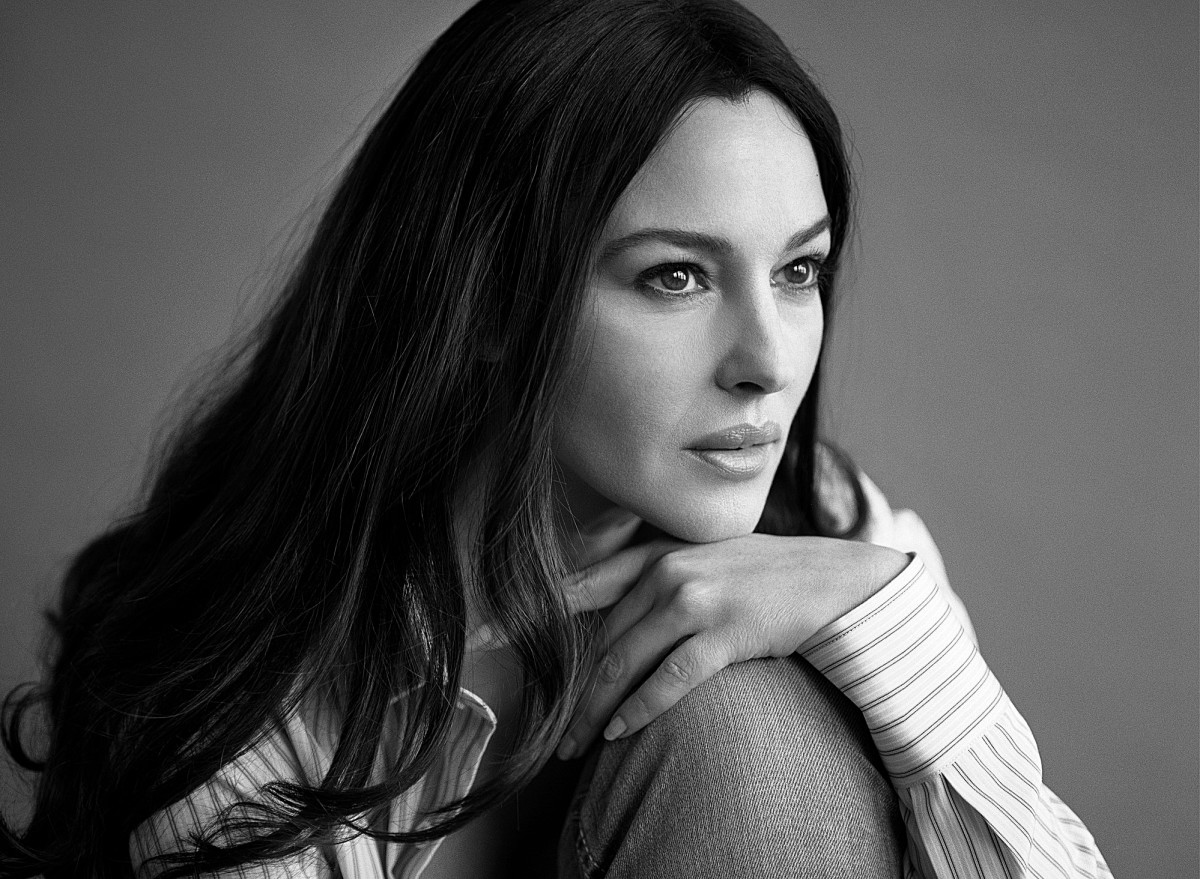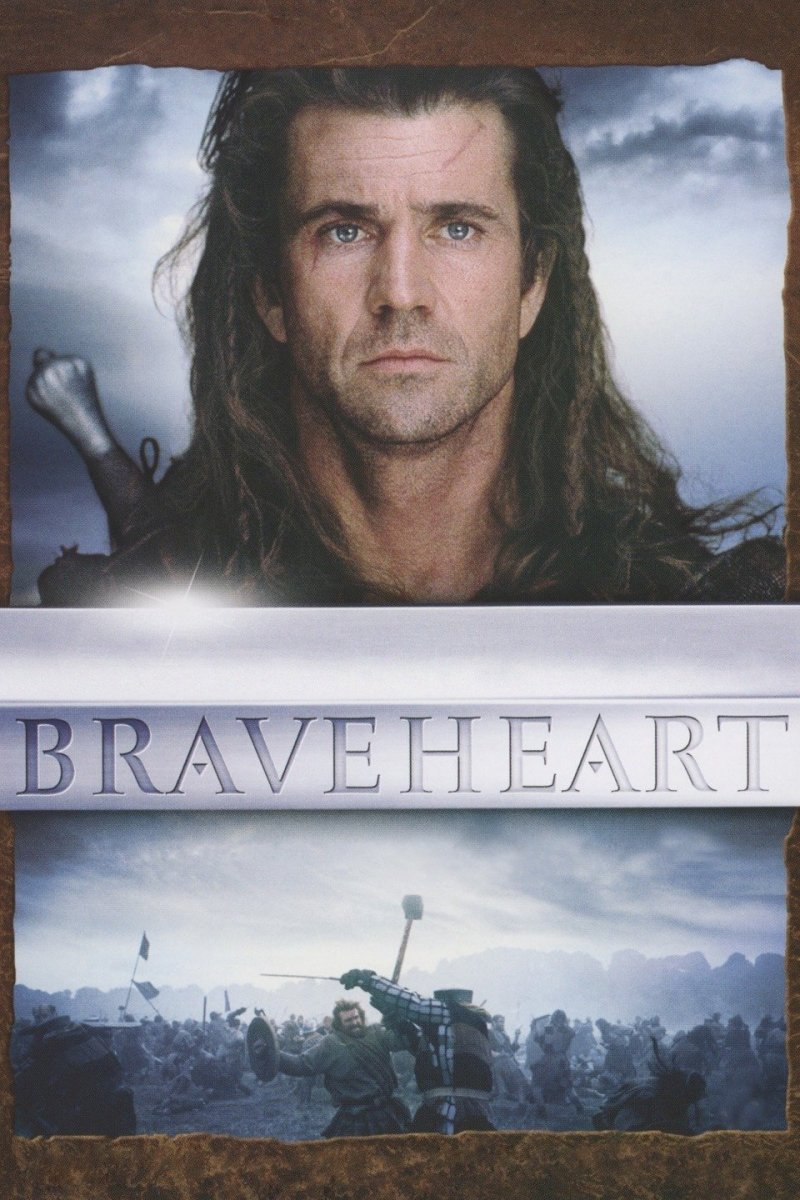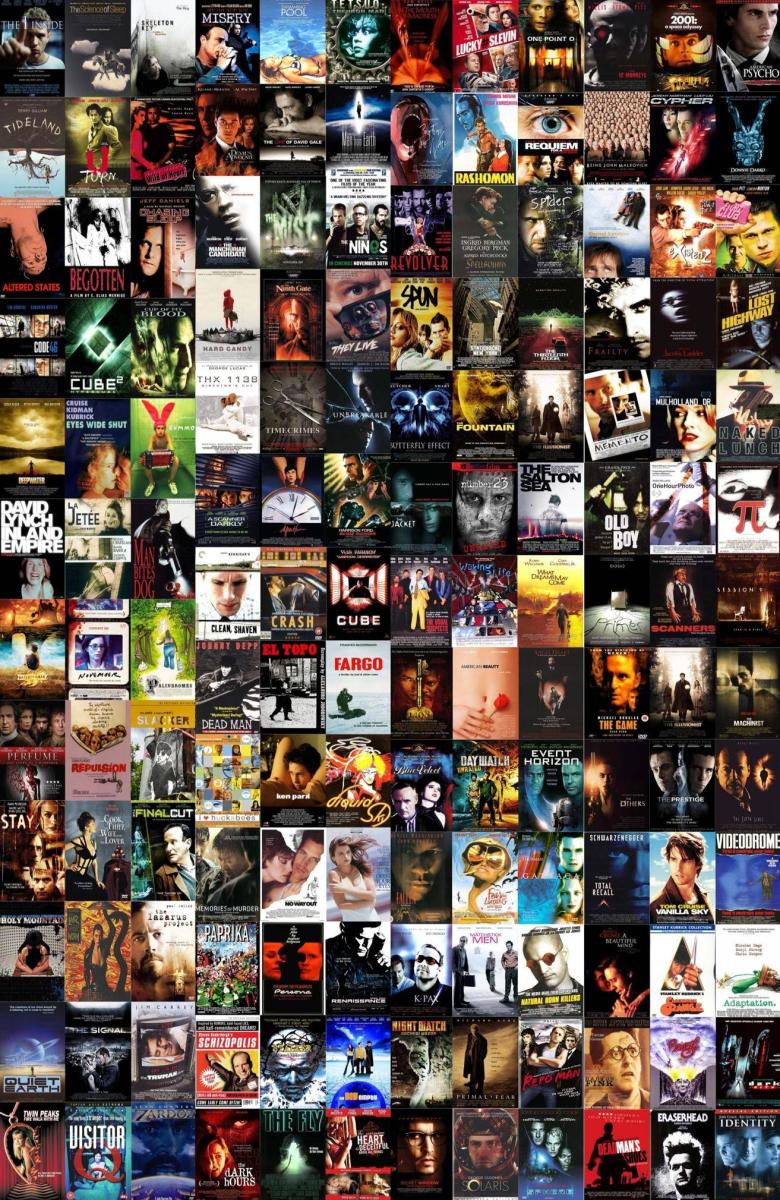Two Robwrite Reviews: "The Grey", and "The Woman in Black"
Liam Neeson in "THE GREY"
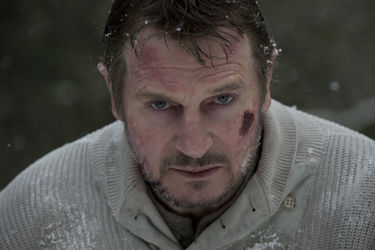
Daniel Radcliff in "THE WOMAN IN BLACK"
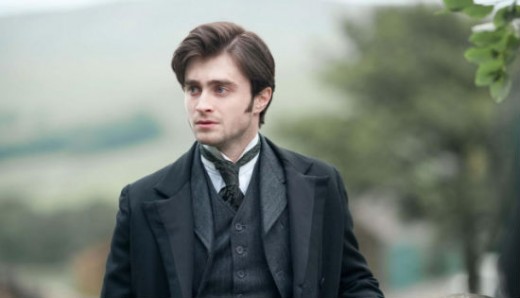
The Grey and the (woman in) Black
THE GREY: (3 Stars out of 5)
This film proves that wolves don’t have to be werewolves to be scary. Wolves can be menacing all on their own. Think of this film as akin to Aliens (1986) or Predators (2011), except with lupine antagonists instead of space creatures.
Liam Neeson has become the big screen’s preeminent action star over the last few years, having reinvented himself as the new Harrison Ford. Here he stars as Ottway, a reluctant hero trying to survive under dire circumstances while protecting those accompanying him. Neeson’s presence is a big benefit to director Joe Carnahan (The A-Team, Smoking Aces, Narc), who is not the most artfully accomplished of directors. Carnahan is good with action sequences but he needs an actor with the gravitas of Neeson to turn a simple action/horror film into something memorable. The fact that this simple storyline works so well here is due to Neeson’s on-screen star power.
The film begins at an oil-drilling rig way, way up north. “A job at the end of the world” as it’s called. The crew of the rig are described as ex-cons, wanderers, deviants and “men unfit for society”. Ottway has a unique position there. In a move Sarah Palin would approve of, he accepts a job shooting all wolves that come near the oil rig, before they can sink their teeth into any of the workers. Ottway works at the rig to escape the memories of a lost love, unleashing his self-hate by slaying the beasts of the wild. He has no idea karma is on the way!
When their long rotation ends, Ottway and a few dozen of the rig workers are flying back to civilization in an overcrowded, rickety old plane in bad weather. You can guess where this is going. Yes, the plane crashes in the frozen mountains, miles from civilization. Seven people survive. (In films, there are always numerous survivors of plane crashes. In reality, survivors are very, very rare. It’s a classic cliché and we wouldn’t have had the show Lost without it.) After the crash, Ottway comments that the main thing they need is food, and with all the dead bodies around, you might think you’re in for something like Alive (1993). However, before they can start eating other people, something else comes along intent on eating the survivors first.
The wolves come prowling, their eyes shining demonically in the darkness. Ottway, a survivalist and wolf expert, explains that wolves will defend their territory mercilessly if they sense intruders anywhere within miles of their den. These wolves won’t be happy until they’ve eliminated all the unwanted visitors. And so the hunt begins, as the humans try to trek to safer ground while the wolves pick them off one-by-one.
The cleverest part of the film is the way it juxtaposes the wolves’ behavior with the humans, once they are away from the rules of civilization. For instance, in one scene, just after the Alpha wolf puts down a challenge from a pack member, we see Ottway—the nominal leader of the human party—defend himself from a disgruntled and desperate member of his own group who thinks he can do a better job leading the party to safety.
Some people have criticized the film for having an atheistic message. At one point, the survivors discuss whether or not they believe in God. Later, when things are looking particularly bad, Ottway shouts to the heavens for help and, of course, gets no answer from the almighty, leaving Ottway to accept that he’s got to handle things on his own. Whether or not this was meant as a statement about the existence (or lack of) of God is debatable, but it does successfully convey Otway’s’ mounting fear and desperation when he calls on a being he doesn’t believe in for help. The scene brings to mind Will Rogers old saying “If you’re falling off a cliff, you might as well flap your arms and try to fly. What can you lose?” In this case, what does Ottway have to lose?
There have also been complaints that there are some factual inaccuracies about wolf behavior here, such as the contention that “wolves are the only creatures besides man who kill for revenge” or the premise that wolves will hunt humans for miles. Both are untrue, but that doesn’t matter. This isn’t a nature documentary; it’s just a scary movie about a pack of big, bad wolves turning the food chain upside down and making humans the prey instead of the predator. It works on that level and Neeson’s authority successfully carries the simple screenplay for the whole running time.
Recommended.
THE WOMAN IN BLACK: (2.5 stars out of 5)
Most of the attention and criticism of this film is focused on Daniel Radcliff as the leading man, but it’s the old haunted house that steals every scene. Just as a horse was the real star of War Horse, a house is the real star of The Woman in Black. You have to give director James Watkins credit for cleverly filming the spooky house in such a way that it seems to have a personality of its own, much the same was as someone like Woody Allen films a city so that it becomes a character in the movie. On the other hand, it’s not a good sign when everyone in the film is out-acted by a house.
The Woman in Black is in the tradition of the classic old haunted house movies that Universal Studios and Hammer Films did so well, once upon a time. It also has similarities to more recent films like The Others (2001) or Skeleton Key (2005). If you like films where people wander around eerie Victorian mansions, then this is the film for you. Sadly, it doesn’t offer much else except ‘bump-in-the-night’ jump-scares.
Let’s start with Daniel Radcliff, who’s the main draw of this film. At this point in his career, it’s still impossible to look at him without thinking of Harry Potter. (The young audience members in the theater I attended all yelled out “Harry” when he first appeared on screen.) Despite a musical turn on Broadway in ‘How to Succeed in Business’ and his much discussed full-frontal-nudity in ‘Equus’, he is still in the shadow of J.K. Rowlings’ boy wizard. It’s grown tall and handsome but still has the baby-face of a Hogwarts student. He most likely chose this grim film to help escape the trap of juvenile casting that has doomed so many other child actors, from the Little Rascals to Haley Joel Osment. Judging by this performance, Radcliff currently lacks the gravitas and charisma to carry a movie without the built-in fan base of the ‘Potter’ films to support him. He may improve, but for the moment, I think that if any of the young stars from the ‘Potter’ franchise is going to break out as an adult star, it will probably be Emma Watson.
The film is set in Victorian England. Radcliff plays attorney Arthur Kipps who is sent to a small seaside town to organize the mess of documents left behind by the recently deceased owner of a decrepit mansion. Arthur’s career is on the line because he hasn’t been doing a very good job at his law firm over the last six years, ever since his wife died in childbirth. He’s been mourning her and raising his son Joseph (Misha Handley) as a single dad. This assignment is a do-or-die matter for Arthur if he wants to keep his job. Unfortunately, the assignment won’t be an easy one since the place is haunted by the angry ghost of a woman (in black) who lost her child years ago and now gets her revenge by killing the children of the townspeople. (Ghosts don’t have to be logical. Just scary.)
When Arthur arrives, he is about as welcome as Godzilla stomping into Tokyo. When people start slamming their doors on him, you get the same feeling of ‘Oh, this is not going to go well’ as when the ill-fated rafting trip began in Deliverance. The townspeople know that whenever anyone spots the ghost-in-black, a child will die soon after. No one tells him this directly, and they try to dissuade him with the old ‘no-room-at-the-inn’ excuse. Since this job is too important to Arthur to let the lack of proper accommodations stop him, he decides to bed down in the ghostly residence. The creepy happenings begin almost immediately and Arthur spends most of the remainder of the movie running around the house chasing shadows and jumping at sounds. There are lots of things jumping out of the shadows, and the eponymous black-clad ghost appears in reflections and is seen in silhouetted spookiness. In the meantime, children in the town start dying and the townspeople blame Arthur for disturbing the ghost.
Using the private papers of the former owner--the sister of the Woman in Black--Arthur begins to piece together what this angry spirit’s problem is, and how he can possibly put her to rest. Arthur has a deadline because his own son will be arriving in town soon and Arthur is afraid that little Joseph will be the next victim.
Director Watkins smartly handles Radcliff’s lack of verbal authority by having long stretches of film go by without a word being uttered. Our hero races around the house, going from one scare to the next, and since the audience is so busy anticipating the next ‘jump scare’ moment, you don’t really notice that Radcliff is rather bland throughout. (When dialogue is used, it seems to come straight out of The Hammer Films Guide to Clichéd Horror Movie Dialogue.)
The movie takes the daring step of showing lots of children die, which defies one of the few ‘You can never do that’ rules left in film. The ghost in this film is about as kid-friendly as Peter Lorre’s child murderer in Fritz Lang’s M. (1931)
The Woman in Black isn’t a terrible movie, because the director manages to keep the tense mood going throughout the film, and we’re carried along by the anticipation of what’s going to happen next. What does happen is a lot of mini-scares but nothing too impressive. There are only so many time that things can pop out of the dark at you before they stop being scary and the Woman in Black abuses the ‘jump-scare’ technique.
Barely recommended, with reservations.

